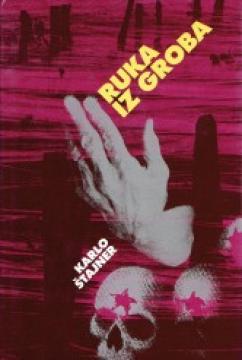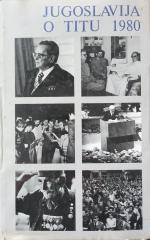
Ruka iz groba
Hand from the Grave (1985) by Karl Steiner, part of an autobiographical trilogy along with 7000 Days in Siberia and Return from the Gulag, is a collection of testimonies, interviews, and texts about the author, which delve into his experience of 20 years
Published by the Blue Library edition, the book continues the story of the life of Štajner, an Austro-Croatian communist who was arrested in Moscow in 1936 on charges of being a Gestapo agent.
The book contains interviews with the author, answers to readers' questions, and testimonies of others about his fate, inspired by Krleža's description of Štajner as a "hand from the grave" - a symbol of the miraculous return from the Siberian hell. Štajner describes the brutality of the camp, the psychological struggle, and his faith in communist ideals, despite suffering. Through reflections on Stalinism, justice, and humanity, the book questions the nature of totalitarianism and resistance. Of particular note is his relationship with his wife Sonja, who waited for him loyally, and his rehabilitation in 1956 and return to Yugoslavia.
The book is a powerful document of survival, but also a testimony to the historical context and social interest in the gulags. Appreciated for its authenticity and emotional depth, The Hand from the Grave is a key work that completes Steiner's trilogy, offering insight into the personal and collective struggle against dehumanization.
No copies available
The last copy was sold recently.





